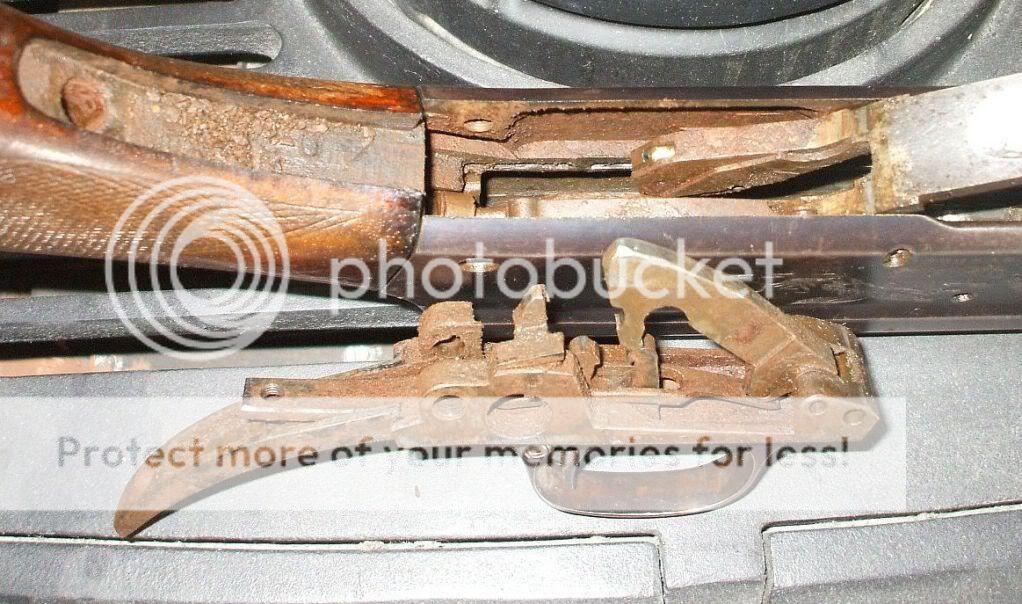I've never had any problem with 26 or 30 caliber 28" long 1.2" at the receiver straight taper to .9" at the muzzle hanging on Win. 70 receivers. Neither has anyone else I know of. If someone really did, then that info's been kept from or never passed by me. Winchester's .300 H&H Mag Bull guns were built that way for decades and they didn't have any issues with it. Nor did Remington with their .30-.338's in their 40X action.
Note the flex and whip barrels make in the vertical axis when fired puts more stress on the receiver's (and barrel's) tenon threads and face that the barrel's weight alone does. And I'm not aware of any problems standard barrel's whipping causes to open bottom receivers makes. And some Win 70 receivers have had well over 100 heavy barrels fit to them and none are any the less for wear. Their natural elasticity limits of the steel were never exceeded.
Funny you should mention a 40x in 30x338 I had one and it was a single shot (Solid floor) and to make competitive
for 1000 yard matches I had to bed the first 1" of the barrel to help support the 27+ inch barrel. I could mash down on the barrel and make it touch the stock with little effort I experimented with up to 3'' of bedding and found on that rifle 1''
on the barrel kept the groups very tight and pressing down on the barrel to make it touch was more diffacult.
The sleeved rifles I was referring to were all Hunter bench rest and If it did not help I assure you the rifles would
not have been sleeved.
Maximum weight of the complete rifle was 8 pounds loaded with a 5 round capacity .
They would typically shoot bug holes at 200 yards. In that game they leave nothing to chance.
And as far as you not knowing about it ----- these guys would not tell anything about there equipment in order to stay competitive.
One of these guys was making his own bullets .001 larger and no one found out until he died
and his wife gave his notes to his best friend.
Shrink fitting assures that the sleeve is mechanically sound and once you shrink fit a sleeve there is no taking it off with out machining it off so you only have one shoot at it and it has to be right. This also takes some precision machining and not many have the skills to do this. The reason some Glue
the sleeve to the action is because you can check the fit as many times as you want and machining
is simple. some of the old time shooters had pride in what they did and glueing a sleeve or any other part to an action just didn't seem right. Does it make it shoot better ? I don't know, but they believed it did and as you know confidence in your equipment can make a difference on how you shoot.
There are a lot of things that I have never heard of but that doesn't mean that it doesn't exist or has never been done.
I will just post what I know, not what you know. Fair enough ?
J E CUSTOM





